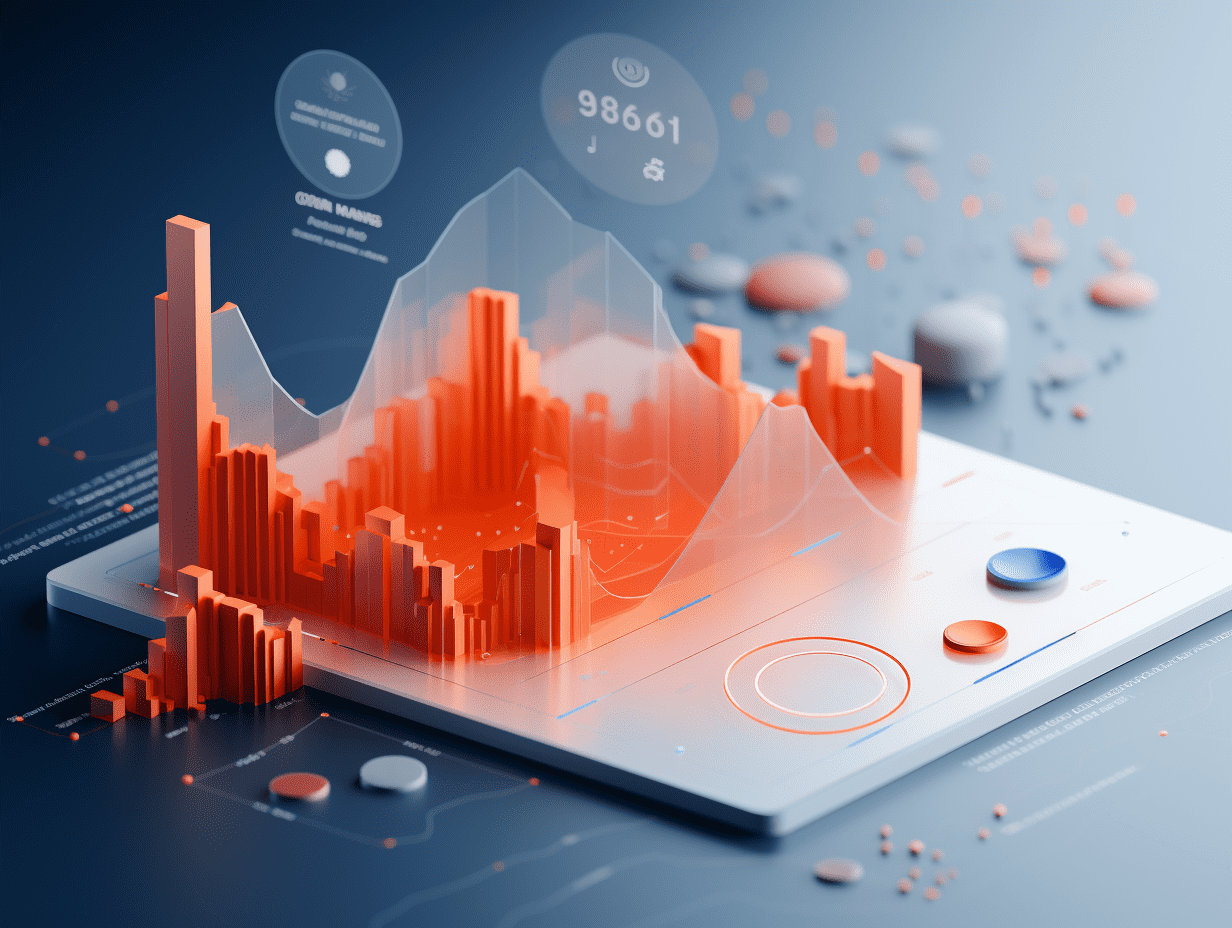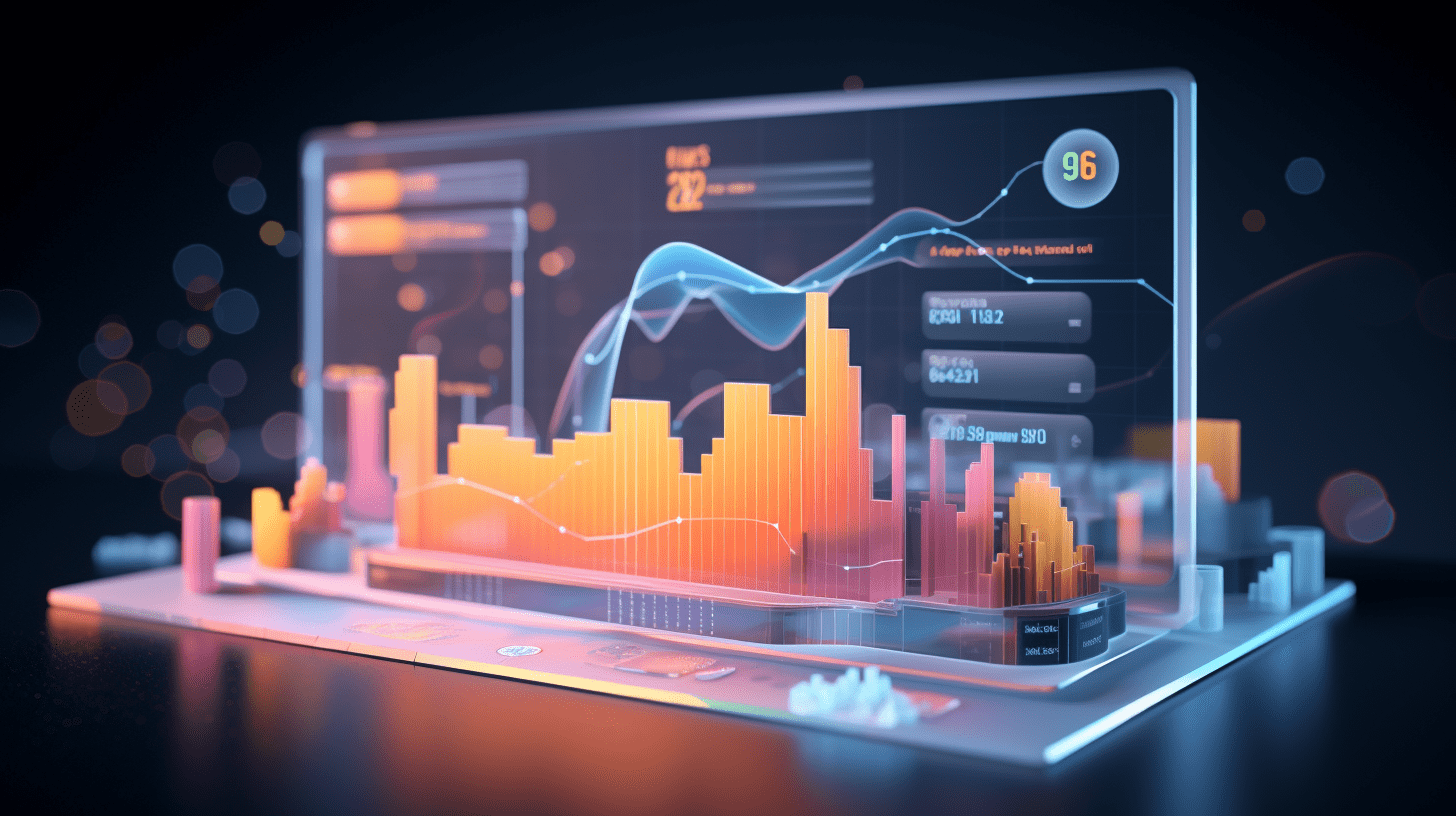
Goldman Sachs raises its forecast for this year's S&P 500 buyback scale, with tech stocks expected to become the "main force."
Goldman Sachs said that steady profit growth will be the driving force behind stock buybacks, and the bank is raising its stock buyback expectations for US stocks this year. After seeing the S&P 500 index experience the second largest decline in buybacks in 2023, Goldman now expects S&P 500 index companies to buy back $925 billion in stock this year, a 13% increase compared to the initial forecast of 4% growth. Goldman said that buyback volume will increase by 16% in 2025, reaching $1.075 trillion by 2024.
Goldman strategist Cormac Conners said: "Profit growth is the most important driver of stock buybacks at the index level, explaining about half of the year-on-year changes. We recently raised our earnings forecasts for 2024 ($241 per share, 8% growth) and 2025 ($256 per share, 6% growth) due to improved economic growth environment, and better than expected profit margins and earnings from large tech stocks. Improvements in the overall macro environment since the decline in buybacks, such as the drop in US Treasury yields, have also helped us raise our expectations."
He said, "Although we expect US Treasury yields to remain high, loose policies implemented by the Federal Reserve starting mid-year should help ease credit conditions before 2025."
Goldman said that the information technology and communication services sectors will be key drivers of buyback growth at the index level. This will be partially offset by the weakness in buybacks from energy stocks. Conners said, "Among the S&P 500 index components, the 'Fabulous Seven' are likely to account for a significant portion of buyback growth. Although the group saw a 43% increase in net profit in 2023, their total buyback amount decreased by 11%. In 2023, the percentage of net profit used for buybacks reached its lowest level since 2017 (58%), suggesting these companies may have the ability to increase buyback spending in 2024."
Conners added, "Even if the buyback payout ratio of these companies does not increase, the market generally expects rapid profit growth in 2024 (19%) and 2025 (15%) to drive corresponding growth in buybacks." The buyback authorizations for these stocks also indicate strong growth. Fourth quarter filings show that the group is currently authorized to buy back $215 billion in stock, 30% higher than the level of authorization in the same period last year ($166 billion), with Meta (META.US) increasing by $30 billion, NVIDIA (NVDA.US) by $15 billion, and Apple (AAPL.US) by $12 billion.
Conners said, "Dividend plans are one of the risks to buyback growth for the 'Fabulous Seven.' Three of these giants (Google (GOOGL.US), Amazon (AMZN.US), and Tesla (TSLA.US)) do not pay any dividends. We recently found that large companies with stable earnings, high profit margins, and low valuations are most likely to pay dividends. Using this framework, Google and Amazon are ranked as the first and eighth most likely to start paying dividends among Russell 3000 stocks. We expect that buybacks will continue to be the main cash return strategy for large tech stocks due to their flexibility and tax efficiency. However, as cash flow becomes more stable and these companies seek to expand their investor base, the Fabulous Seven may shift their cash return strategy more towards dividends."
RECOMMEND
©️2013 - 2025 GMT EIGHT Holdings. All Rights Reserved.
Contact: contact@gmteight.com


